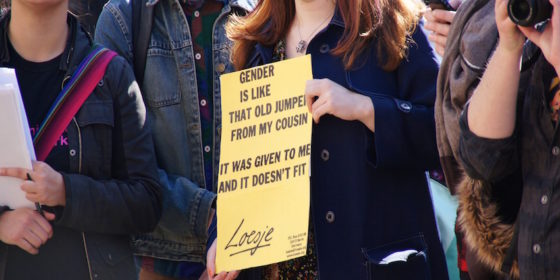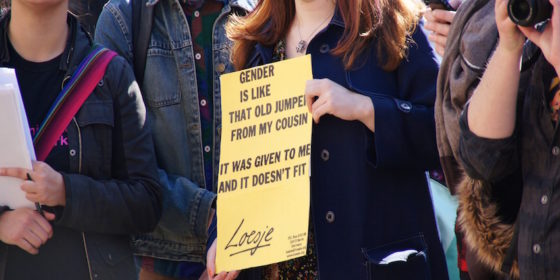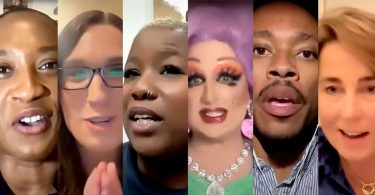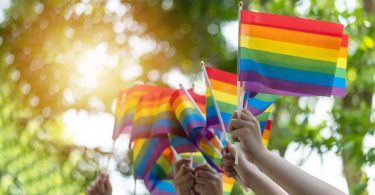
While many are just beginning to wrap their heads around the idea of being transgender, the idea of being non-binary still puzzles many.
Many sociologists recognize gender as a social construct. This means that, unlike sex, there is nothing biological about gender. Instead, our ideas of gender are created by the culture we’re living in.
As sociologist Dr Zuleyka Zevallos writes: ‘Gender is more fluid – it may or may not depend upon biological traits. More specifically, it is a concept that describes how societies determine and manage sex categories; the cultural meanings attached to men and women’s roles; and how individuals understand their identities including, but not limited to, being a man, woman, transgender, intersex, gender queer and other gender positions. Gender involves social norms, attitudes and activities that society deems more appropriate for one sex over another. Gender is also determined by what an individual feels and does.’
According to the gender wiki, being non-binary simply means that one does not identify within the binary of male and female. This can manifest in different ways, with different terms.
For instance, someone who has a neutral gender identity might refer to themselves as agender. Someone who has a gender identity that changes over time may call themselves genderfluid.
But also, many non-binary people still consider themselves part of the trans community.
Here are some great videos to check out if you’re interested in learning more about what it means to be non-binary.
In Beyond the Binary from The Guardian, five non-binary people share their unique experiences navigating the world as neither male nor female:
In BBC’s Things Not To Say To A Non-Binary Person, those who identify as non-binary share the most annoying and rude questions people have asked them about their gender identity:
This video from NowThis, though a bit outdated being from 2015, discusses how many countries around the world legally recognize more genders than just male and female. These countries include Mexico, India, Sweden, and Australia, among others:







